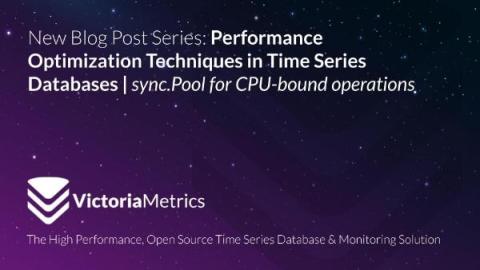3 Reasons Why You Need an Embedded, Modern Database
Today's applications demand efficient data handling to provide users with seamless experiences. One solution that has gained prominence is the use of embedded databases, which are integrated within applications rather than relying on external servers. Different from a database for embedded systems, databases embedded within applications offer several advantages for storing data and analyzing it, especially in scenarios where performance, deployment simplicity, and data security are important. Embedded databases, or an embedded database management system (DBMS), can serve a variety of use cases, but are especially valuable for applications that need to provide analytics capabilities.











